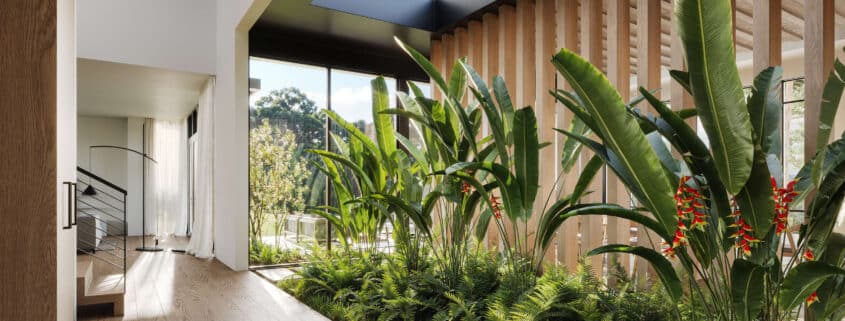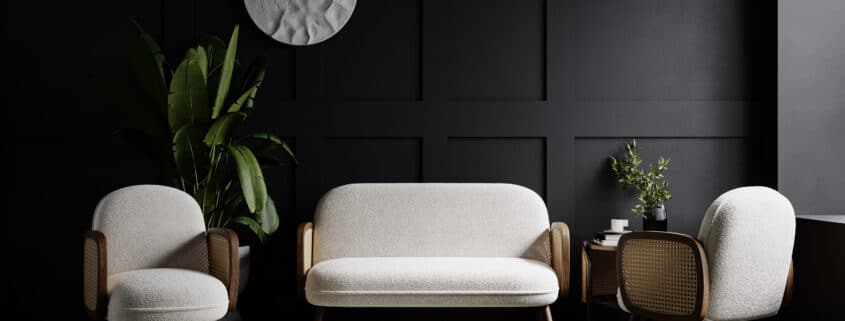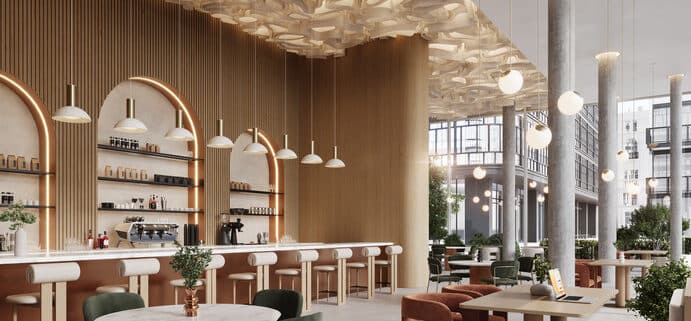Villa by Omegarender
This time, we collaborated with Chaplin Partners to bring to life an exquisite villa set amidst a serene natural landscape. Our approach was to use 3D rendering not just as a tool, but as a narrative device to unfold the villa’s architectural beauty and its seamless integration with the environment.
We believe that 3D visualization is not just about technical excellence, but about capturing the ‘soul’ of the architecture. With this project, we aimed to do just that—creating visuals that speak to both the mind and the heart, revealing the villa’s potential and inviting viewers to imagine themselves within its walls.
To achieve a photorealistic representation, our team meticulously crafted every detail of the villa and its surroundings. We began by modeling the building’s structure and exterior elements from scratch, ensuring each angle captures the architectural intent and harmony with the lush greenery around it. The challenge was to make the viewer feel the elegance of the design while simultaneously highlighting the villa’s functionality and aesthetic appeal.
MORE PROJECTS ON: https://omegarender.com/gallery

















